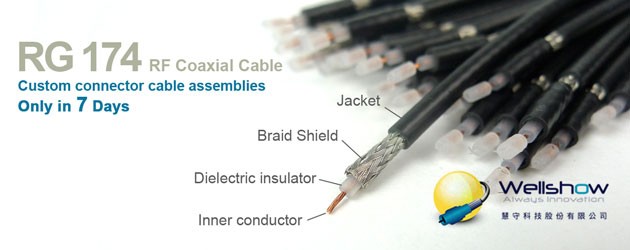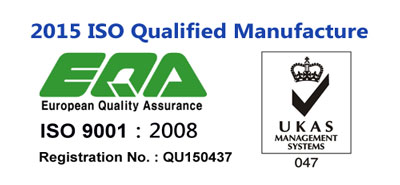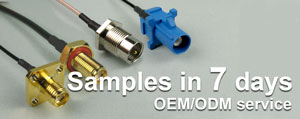Coaxial cable (coax cable) is an electrical cable with inner conductor, dielectric insulator, shielding (Outer conductor) and jacket. Coaxial cable plays signal transmission role for Radio Frequency and normally will be terminated with RF connectors like SMA, SMB, TNC, N, TNC, FME, MCX, MMCX connectors to be RF coax cable assembly to connect modular and antenna.
The choice of Coax cable will affect frequency performance, flexibility, strength, attenuation, power capability and cost. Materials of inner structure decide coax cable’s performance.
Inner conductor might be solid or stranded. Solid will has lower loss, but stranded is more flexible. To get high frequency performance, the inner conductor may be silver plated. To cost down, the inner conductor may be copper clad steel. Inner conductor’s size plays an important factor to have lower loss. Bigger conductor will allow quick and smooth signal transmission, and is better choice for long length.
The insulator or dielectric wrap inner conductor, and may be solid plastic, a foam plastic or air with spacers. The common materials are PE, FEP, PTFE, and PFA.
Outer Conductor or Shielding can braided copper wire or braided alum wire or solid metal tube. To have better shield performance, some coax cables are designed to have double-layers wire braid or to have alum. Foil covered by one layer wire braid. The density of braided wire decides the shielding performance. Sometimes the braid is silver plated, tin plated or just bare copper.
Jacket can be made from many materials like PVC, FEP and PE. PE jacket can be used outdoor to have temperature resistance. PVC is more flexible and commonly is used indoor.




